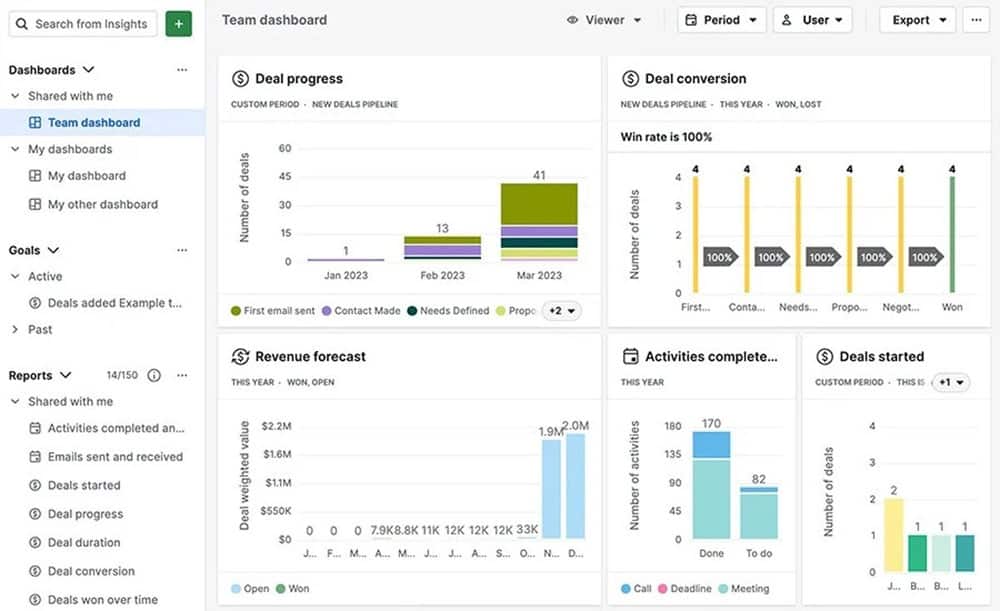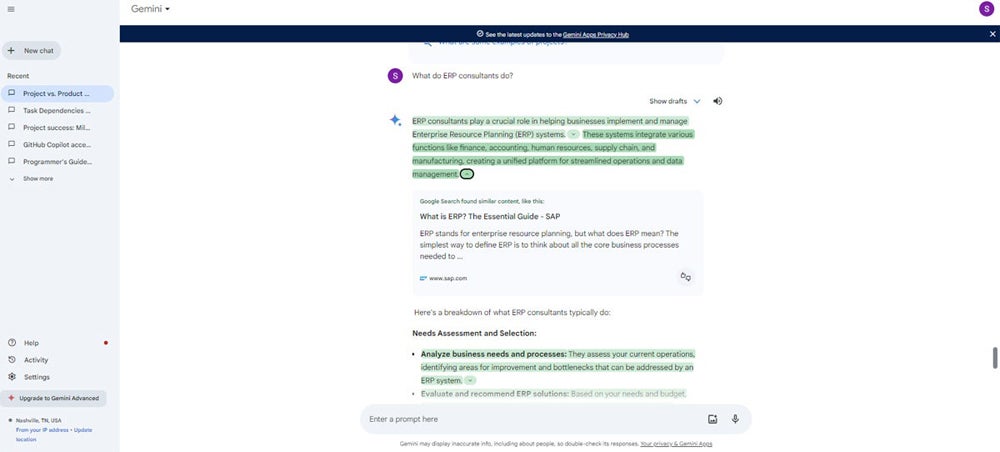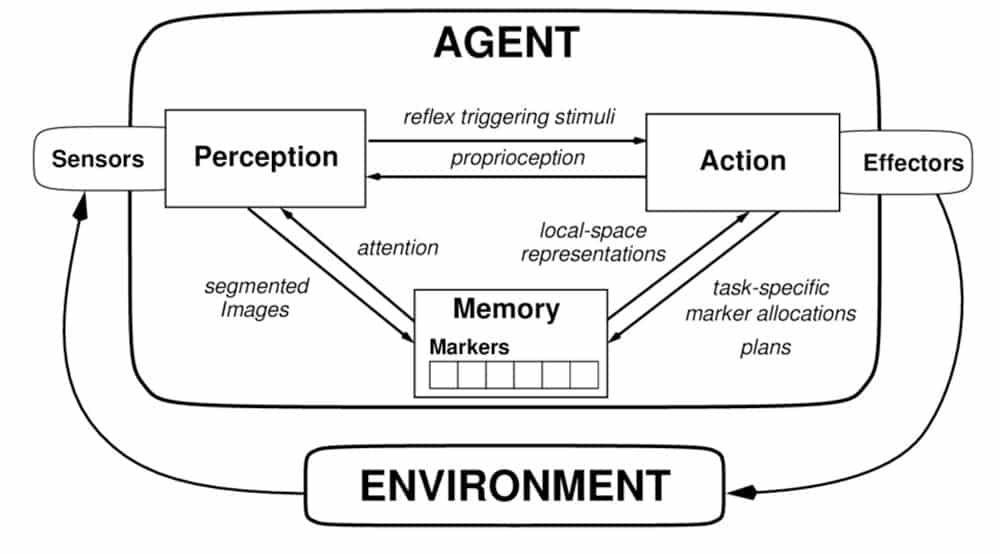The important thing methods within the information safety market are all designed to guard digital data from unauthorized entry, corruption, or theft. These methods concentrate on each unintended loss and deliberate theft, making the info safety market a broad class with many merchandise beneath its total umbrella.
On the {hardware} facet, the info safety market encompasses backup, storage, and restoration in addition to bodily insurance policies corresponding to distant backups and “air breaks,” the place {hardware} is bodily disconnected and never networked.
On the software program facet, the info safety market includes greatest practices that govern information safety methods corresponding to encryption, key administration, information redaction, and information masking in addition to privileged person entry controls and auditing and monitoring. This contains information safety for cloud computing.
The result’s a booming information safety market. The information safety market is predicted to develop from an estimated $31.0 billion in 2022 to $55.3 billion by 2027, at a compound annual progress charge of 12.3%, in accordance with analysis agency MarketsandMarkets. Elements driving market progress embrace digital transformation and related safety issues, adherence to strict regulatory pointers, and elevated utilization of cloud know-how and edge computing units in enterprises.
For extra data, additionally see: The Profitable CISO: Methods to Construct Stakeholder Belief
What are Key Methods within the Knowledge Safety Market?
Finest practices in information safety normally name for a multilayered technique designed to use a number of layers of protection. Provided that basis, listed here are the main methods that managers are utilizing to guard information safety.
1. Defend the Knowledge Itself
There’s a tendency to focus safety on simply the perimeter of the community and put all of the emphasis on the firewall. However what occurs when an intruder will get previous the firewall? If the info is unprotected and unencrypted, they’ll have full entry to it. So, interact in good information safety contained in the firewall as effectively.
2. Undertake a Zero-Belief Community Design
Zero-trust networks are simply that; customers can not transfer round inside a zero-trust community freely. They have to validate their credentials and present they’ve the correct to entry that information at each transfer. Zero-trust networks are extremely efficient at stopping an intruder of their tracks, however they require vital reengineering of a community.
3. Encrypt All Knowledge
Knowledge shouldn’t sit unencrypted and readable by everybody within the community or within the cloud. Make sure that all information is saved in an encrypted format and stays encrypted throughout migrations as a result of vital information loss can happen when information is in motion.
4. Set up Robust Passwords and Insurance policies
Too many organizations nonetheless have lackadaisical password insurance policies, letting workers use easy, generic, and simply guessed passwords and never requiring them to alter them frequently. Little doubt, workers will complain about utilizing robust passwords, however it’s a obligatory step. So is requiring them to alter their password at the very least each 90 days and never permitting them to reuse previous passwords.
5. Check Safety
Don’t simply assume the community is protected and safe as a result of a firewall and antivirus packages have been put in. Safety packages are fallible and are vulnerable to bugs and exploits, and hackers are decided. Simply as software program is examined whereas it’s in growth for performance, you should check your firewall and safety programs to verify they work.
6. Make investments Extra Cash and Time on Cybersecurity
Safety is a tricky promote, as a result of the true return on funding (ROI) depends on “nothing occurring.” Companies spend hundreds, if not thousands and thousands, on safety measures and wanting studies on assaults, they might by no means actually know if it’s working or not or whether it is retaining out criminals. Many massive corporations with delicate enterprise information are appointing chief safety officers (CSOs) or chief data and safety officers (CISOs) to implement insurance policies and make them a precedence to the C-suite.
7. Replace Programs Often
Patching is a unending course of. Most {hardware} and software program companies have common updates to vulnerabilities, both month-to-month, quarterly, or when necessity dictates it. In a giant enterprise, that’s so much to patch: the {hardware} firmware, the working system, the purposes, the firewall, and extra. Nevertheless it’s a obligatory evil that should be performed.
To be taught extra, additionally see: Safe Entry Service Edge: Massive Advantages, Massive Challenges
8. Clear Up Knowledge Shops
Many enterprises are sloppy with how they handle their information storage. They go away redundant copies mendacity round in a number of areas. Most first rate storage programs include information duplication purposes to seek out and take away redundant information and to maintain information shops clear and pruned.
9. Again Up Knowledge Often
Common backups of each on-premises and cloud information is a should. On-prem backup permits companies to retailer information in one other bodily location in case of catastrophe within the information middle, whereas cloud backup safely shops information within the cloud. In each instances, catastrophe restoration software program helps companies get well misplaced information shortly.
10. Implement a Firm-Huge Safety Mindset
Knowledge safety is not only the job of the CSO and IT division, it’s a job for everybody who logs into the community. Their accountability contains protected, safe passwords and embracing greatest practices. Which means not opening e-mail attachments from unknown senders, not sharing login and password data, and never leaving login and password data written down on a sticky paper within the workplace.
11. Take into account the Bodily Safety of the Knowledge Heart
Wherever information is saved on-premises ought to be the toughest location to get into, and it ought to be essentially the most bodily safe location. This implies granting database, community, and administrative account entry to as few individuals as attainable, and solely those that completely want it to get their jobs performed. Additional, it ought to have full catastrophe prevention gear like fireplace suppression and local weather management.
12. Use Complete Community Monitoring
Networking safety and monitoring instruments tend to be extremely specialised and never broad. It’s uncommon to seek out one product or instrument that does each facet of community monitoring. So it’s essential to implement a complete suite of risk administration, detection, and response instruments throughout on-premises environments.
13. Take into account Knowledge Safety and BYOD Insurance policies
The bring-your-own-device (BYOD) development isn’t going away, so corporations would possibly as effectively regulate to it. Which will imply putting in correct safety software program and providers for workers who want to use their private computer systems, tablets, and cellular units. If it can work for an organization issued system, it ought to work for a BYOD system.
14. Use Encryption
Far too many datasets are utterly unencrypted and unprotected from theft. Encryption keys scramble information, so solely licensed customers can learn it. There are additionally file and database encryption options that function the final line of protection by obscuring their contents by encryption or tokenization. Databases include encryption and different protections; they simply should be turned on.
15. Implement Knowledge Masking
Knowledge masking is the method of eradicating bits of information from an entry and changing them with an asterisk or different character. You’ve in all probability seen it utilized in safe logins and passwords. By incorporating information masking, a company can develop purposes utilizing the true information with out worrying about publicity.
16. Make use of an Elaborate Backup Coverage
It goes with out saying that companies should keep usable, totally examined backup copies of all crucial information. All backups ought to be topic to the identical bodily and coverage safety controls which might be utilized to the first databases and core programs. Backing as much as a regulatory-compliant cloud supplier can save numerous headache as a result of they’re accountable for the bodily and digital safety of the info.
17. Spend money on Worker Training
Coaching workers within the significance of excellent safety practices is important and all too usually ignored or simply assumed. There’s a motive phishing assaults are so profitable; far too many workers don’t know sufficient to not click on on a hyperlink or attachment from an unknown sender, and this drawback has dogged IT for many years.
Placing collectively a handbook of practices and insurance policies shouldn’t be sufficient. Time must be spent coaching and educating workers on what is predicted of them.
For extra data, additionally see: Finest Web site Scanners
What’s the Way forward for the Knowledge Safety Market?
Enterprise is present process a digital transformation revolution as information recorded in bodily codecs is transformed right into a digital format. This implies there’s a nice deal extra information to guard and closely regulated industries, corresponding to healthcare and finance, are particularly delicate to this challenge.
The sheer quantity of information that enterprises generate and retailer each on-premises and within the cloud is rising at an amazing charge and drives a better want for information governance. That is made much more complicated by the arrival of edge computing and the Web of Issues producing information exterior of the info middle.
Companies create and handle information like by no means earlier than, and their loss publicity has by no means been greater. From commerce secrets and techniques and mental property (IP) to buyer data, an organization’s information is its lifeblood, and confidence within the means to guard the info has by no means been extra vital. IBM states that 75% of shoppers surveyed mentioned they won’t buy from corporations they don’t belief to guard their information.











